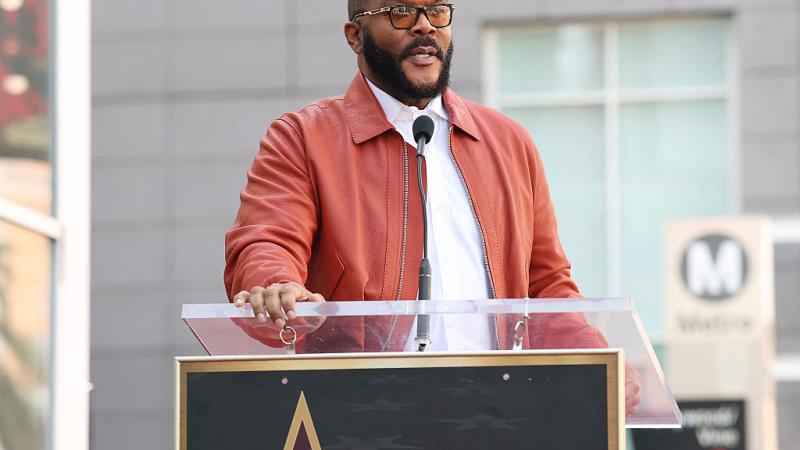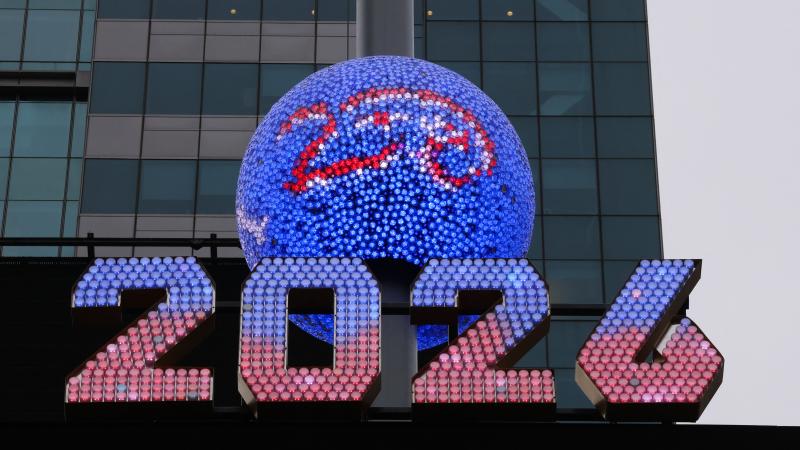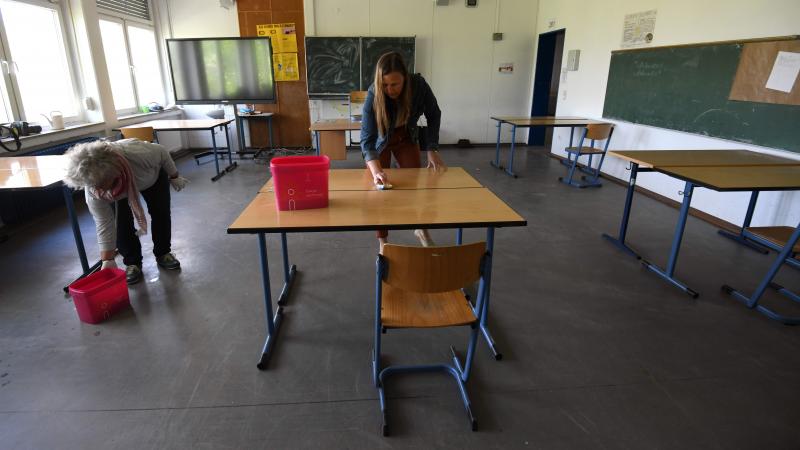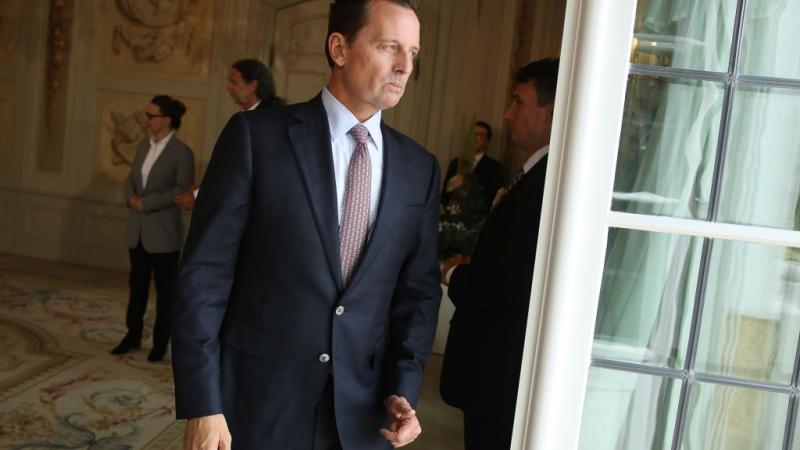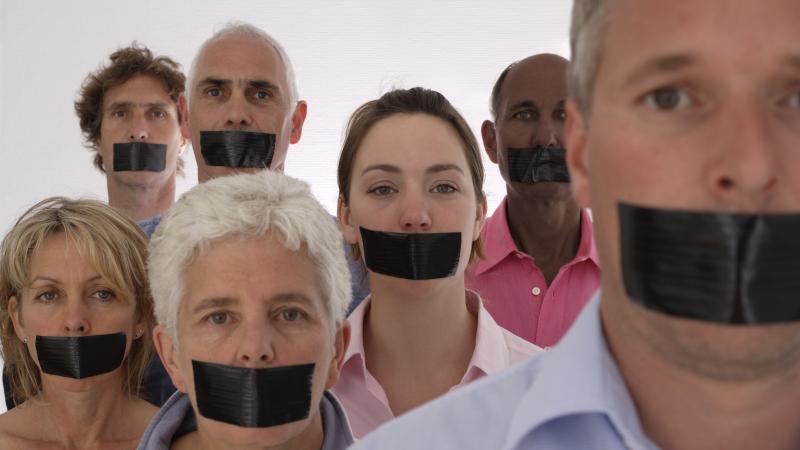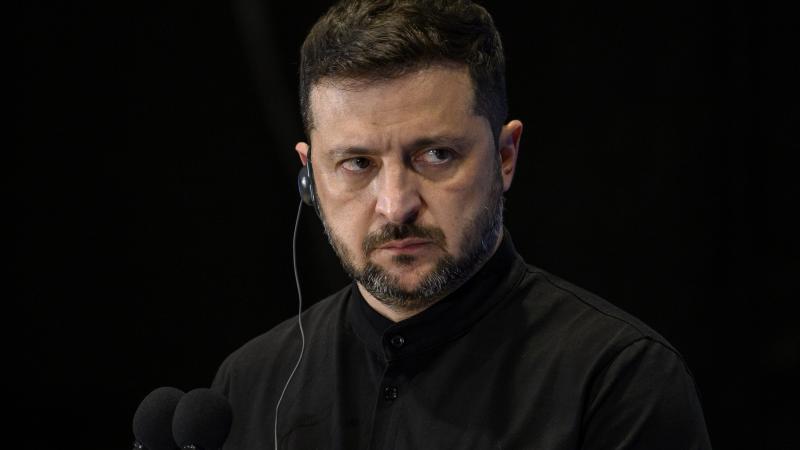List: Statues to merchants, colonialists, explorers targeted by anti-racism protesters
Statues across the world are being defaced, destroyed and removed
It’s not just Confederate-era statues coming down.
From Boston to Bristol, England, statues of European conquerors, colonists and historical figures around the world are being pulled down amid an intense re-examination of racial injustices in the wake of George Floyd's death at the hands of police.
Statues of men -- kings, grand merchants, conquistadors or military leaders -- that championed colonialism or that profited from cruelty and persecution of indigenous people are lightning rods for a heated debate that reaches far beyond the legacy of slavery.
Here are a few:
Winston Churchill: In London’s Parliament Square, the statue of Britain's wartime Prime Minister was defaced with the words "is a racist" spray-painted on it, and then was boarded up following a Black Lives Matter protest. Churchill, seen as a hero for uniting the Allied Forces during World War II to defeat Hitler, is now a target because of his ideas that undesirable traits could be “bred out” of the human race. He also once refused to admit wrong had been done to Native Americans or aboriginal Australians.
Christopher Columbus: Across the U.S., several statues of Italian explorer Christopher Columbus have been vandalized, including a symbolic beheading in Boston. Columbus established the beginnings of colonization and exploration of North America and other territories. During his first voyage, his fleet landed on Haiti. He renamed the island La Isla Española, stripped it of gold and enslaved its people, bringing back riches to his monarch.
Cecil Rhodes: Students of Oxford University in England are calling for the statue of Cecil Rhodes to be removed from school grounds. He was the prime minister of the South African Cape Colony and organized De Beers Consolidated Mines, a diamond-mining company. He gave away his fortune through scholarships at Oxford University, which he made available to any “civilized” man regardless of race. He also established legislation that led to various discriminatory policies regarding African people.
King Leopold II: Several statues of King Leopold II have been defaced across Belgium. He established Belgium as an imperial power and built up its defenses during the Franco-German War. He is infamous for the formation of the Congo Free State, a private colony, which he used to cultivate materials such as ivory and rubber. Enriching his country, he acquired these materials via forced labor from the native peoples of the Congo.
Capt. John Hamilton: A statue of British naval officer Capt. John Hamilton, for whom a New Zealand town was named, was removed. The City of Hamilton removed the statue after a Maori tribe accused him of killing indigenous Maori people in the 1860s and asked for the statue to be taken down.
Don Juan de Oñate: Statues of Spanish conqueror Juan de Oñate, the Spanish conquistador who established New Mexico as a Spanish colony, are the focus of protests in Texas and New Mexico. Oñate is revered as a cultural father figure in communities along the Upper Rio Grande Valley that trace their ancestry to Spanish settlers, however, he is reviled for his brutality during his unsuccessful search for treasures throughout North America.
Edward Colston: A statue of Edward Colston, who made a fortune in the 17th century from the slave trade, was torn down in the English port city of Bristol and thrown into the harbor. Colston donated and supported hospitals, schools and churches. However, as a part of the Royal African Company, he was a large contributor to the slave trade of the indigenous people of Africa to the Caribbean and the colonies in the New World.


